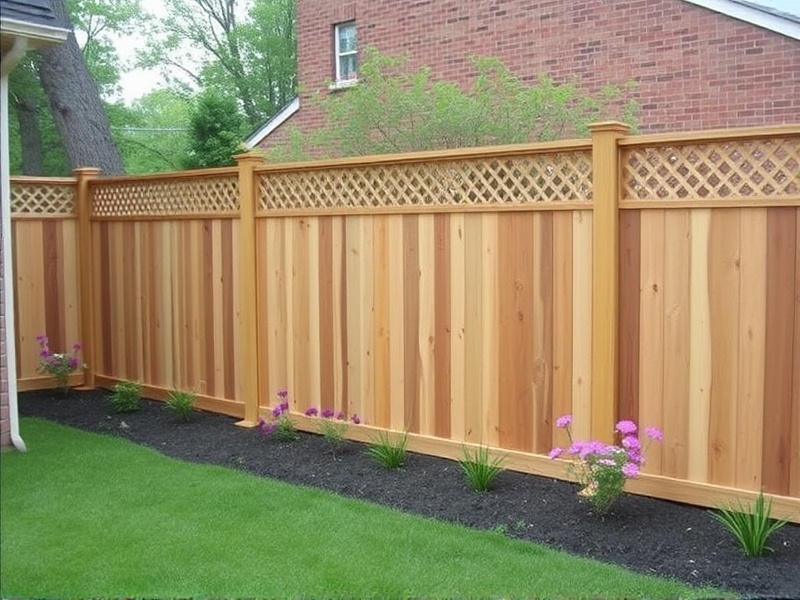Our Location
304 North Cardinal St.
Dorchester Center, MA 02124
Explore innovative decking board fence designs that blend modern aesthetics with functionality, perfect for enhancing your outdoor space.

In recent years, the use of decking boards in fencing has become increasingly popular due to their durability, aesthetic appeal, and cost-effectiveness. Decking boards, which are typically made from pressure-treated wood or composite materials, offer a versatile option for homeowners looking to enhance both the privacy and visual appeal of their outdoor spaces. This article will delve into the latest trends in modern fencing using decking boards, providing design tips, material choices, and insights on how these fences can improve privacy while adding aesthetic value.
The latest trends in modern fencing using decking boards showcase a blend of functionality and style. One prominent trend is the use of vertical slats, which not only provide ample privacy but also create a sleek, contemporary look. Another trend involves mixing materials, such as combining traditional wooden boards with metal accents or glass panels, to add a unique twist to the design. Additionally, the integration of lighting elements, such as LED strips placed within the gaps between boards, can transform a simple fence into an eye-catching feature at night.
When designing a fencing board fence, it’s essential to consider the height, spacing, and orientation of the boards. For instance, increasing the height can enhance privacy without compromising aesthetics. Proper spacing between boards allows for air circulation and light penetration, making the space feel more open and inviting. Choosing the right orientation—whether horizontal, vertical, or diagonal—can dramatically alter the appearance of the fence. Furthermore, incorporating decorative elements like lattice tops or intricate patterns can elevate the fence’s visual impact.
Decking boards come in various materials, each with its own set of advantages. Pressure-treated wood remains a popular choice due to its affordability and natural appearance. Composite materials, made from a mix of wood fibers and recycled plastics, offer enhanced durability and require less maintenance. These composites are resistant to rot, insects, and weathering, making them ideal for low-maintenance landscaping. Bamboo is another eco-friendly option that combines strength with sustainability. When selecting materials, consider factors such as climate, budget, and desired maintenance levels.
Decking board fences serve multiple purposes: they enhance privacy by creating a barrier against prying eyes, reduce noise pollution, and provide security. At the same time, they add aesthetic value through their versatility in design and material options. The choice of color, texture, and finish can be tailored to complement the architectural style of your home and landscape. For example, a dark-stained cedar fence can blend seamlessly with a rustic setting, while a white-painted composite fence might suit a modern, minimalist aesthetic.
Decking board fences represent a dynamic and versatile solution for enhancing both privacy and aesthetics in outdoor spaces. By staying informed about the latest trends, design tips, and material choices, homeowners can create fences that are not only functional but also beautiful additions to their properties. Whether opting for the timeless charm of wood or the durability of composites, there is a decking board fence that can meet any homeowner’s needs.